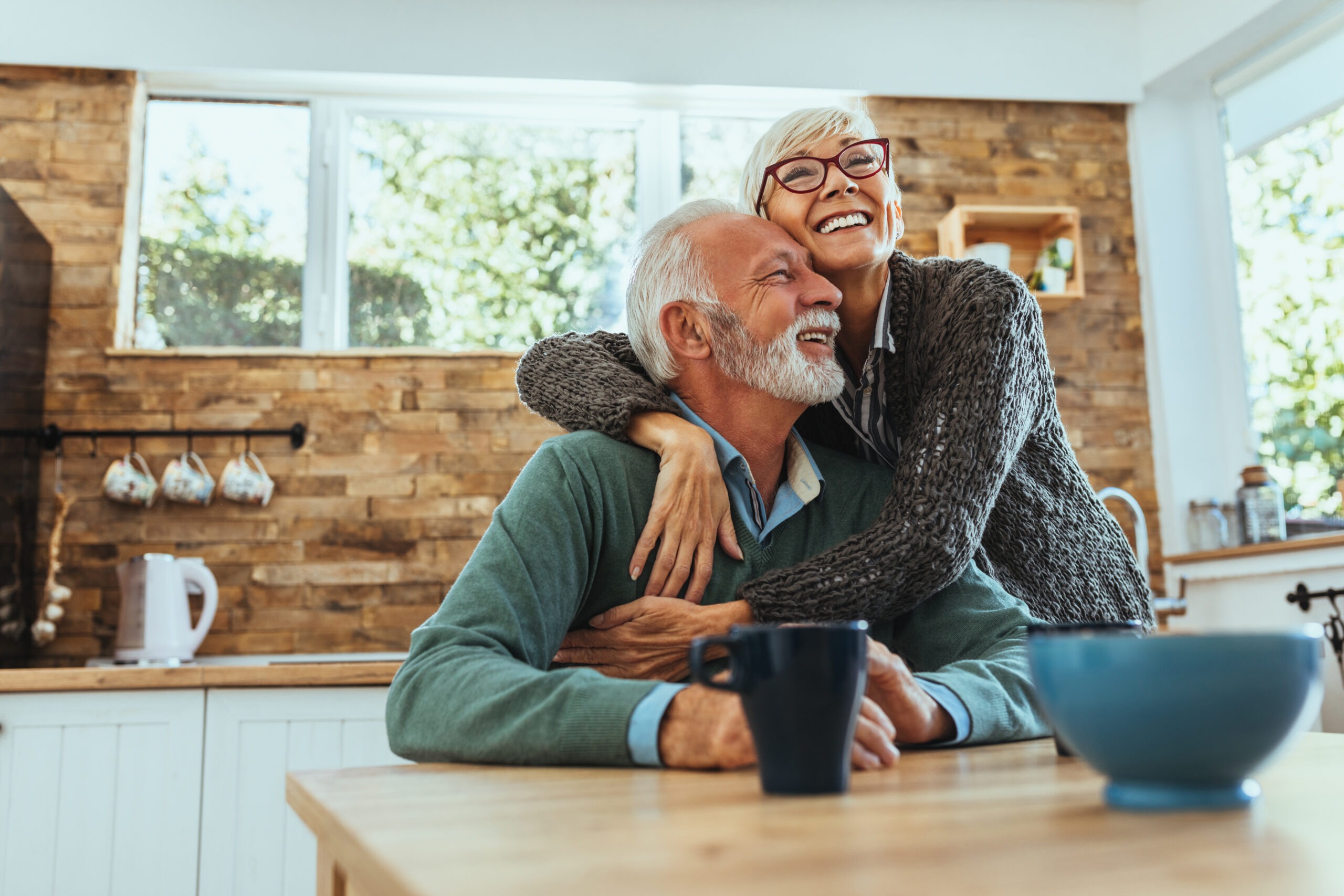As our loved ones age, navigating their changing needs and ensuring their well-being becomes a priority. The importance of a safe and comfortable living environment also becomes increasingly apparent.
And for seniors, making adjustments to their homes can significantly enhance their quality of life and promote independence. This post, alongside other aged care guide and resources, can offer valuable tips and insights to help ensure your aging loved one’s well-being and independence at home. Let’s begin.
1. Declutter And Organize
Start by decluttering and organizing the home. By removing unnecessary items, such as old magazines, excess knick-knacks, and unused or broken furniture, you not only create more space but also reduce the risk of falls.
Meanwhile, it’s best to keep commonly used items like reading glasses, medications, and mobility aids such as canes or walkers within easy reach to minimize the need for bending or stretching. You can also install storage solutions such as shelves, cabinets, and drawers to keep belongings organized and more accessible.
2. Ensure Adequate Lighting
Poor lighting can significantly impact seniors’ safety, leading to trips and falls. That said, install bright, energy-efficient lighting in key areas such as hallways, staircases, and bathrooms. Consider adding extra lighting fixtures or lamps like wall sconces or floor lamps, too, to illuminate dark corners. Additionally, ensure that light switches are easily accessible and clearly labeled for convenience.
3. Install Grab Bars And Handrails
Installing grab bars and bannisters in key areas provides crucial support for seniors, especially in areas prone to slips and falls, such as staircases and bathrooms. Ensure these fixtures are securely anchored to the wall and capable of supporting the user’s weight. You can also opt for grab bars with textured surfaces for a better grip, and consider installing handrails on both sides of staircases for added stability.
4. Create A Slip-Resistant Environment
Slippery floors pose a significant hazard for seniors. So, use non-slip mats or rugs with rubber backing in high-risk areas like bathrooms and kitchens to create a senior-friendly environment. Moreover, replace worn-out carpets and ensure all flooring is in good condition to prevent tripping hazards.
5. Adapt The Bathroom
The bathroom can be a particularly challenging zone for seniors due to hard surfaces and limited mobility. That said, it can help to install a walk-in shower with a built-in seat and handheld showerhead for added comfort and safety.
Additionally, raise the height of toilet seats and install grab bars adjacent to the toilet for support. Ensure that faucets are also easy to turn and that no sharp edges or corners could cause injury.
6. Make Kitchen Accessibility A Priority
In the kitchen, ensure that commonly used items are easily accessible without bending or reaching too high. You can install pull-out shelves and lazy susans in cabinets to improve accessibility. You can also opt for lightweight cookware and utensils to reduce strain on aging hands and wrists. Lastly, consider installing lever-style faucets and appliances with large, easy-to-read controls for convenience.
7. Ensure Comfortable Sleeping Arrangements
A good night’s sleep is essential for seniors’ health and well-being. So, invest in a comfortable mattress and adjustable bed frame to accommodate various sleeping positions and alleviate pressure points. Keep bedding materials lightweight and easy to manage, too. You can also add extra pillows or cushions for comfort and support.
8. Implement Home Security Measures
Seniors may be more vulnerable to intruders or accidents at home. So, it may help to install security cameras, smoke detectors, and carbon monoxide detectors to ensure a safe living environment. Furthermore, secure doors and windows with sturdy locks and consider installing motion-activated lights or alarms for added security. You can also get a medical alert system that allows seniors to call for help in case of emergencies.
9. Address Temperature Control
Seniors are more susceptible to extreme temperatures, so it’s crucial to maintain a comfortable indoor climate. Install thermostats with large, easy-to-read displays and consider programmable models for automated temperature control.
Ensure adequate ventilation and insulation, too, to regulate temperatures effectively. Add extra insulation or install radiant floor heating in colder climates for added comfort.
10. Promote Social Interaction And Engagement
Loneliness and isolation can have detrimental effects on seniors’ mental and emotional well-being. So, create spaces within the home that promote social interaction, such as a cozy sitting area or a garden patio.
You can also encourage them to participate in community activities and explore new hobbies to foster a sense of belonging and purpose. Consider arranging regular visits from friends, family members, or caregivers, too, to provide companionship and support.
Wrapping Up
Creating a safe and comfortable living environment for seniors involves thoughtful planning and attention to detail. With these tips and professional guidance, you can help seniors maintain their independence and enjoy a higher quality of life as they age gracefully in their homes. Remember, small adjustments can make a big difference in promoting safety, comfort, and overall well-being for your loved ones.


